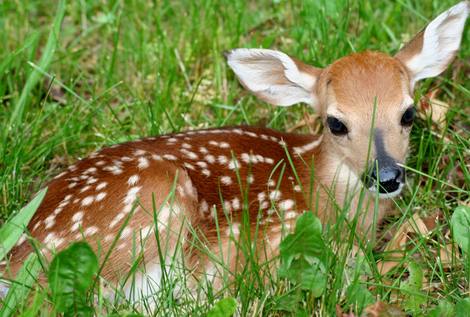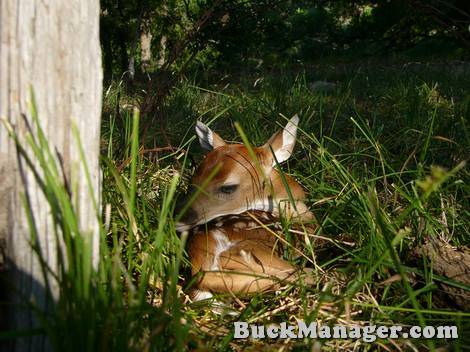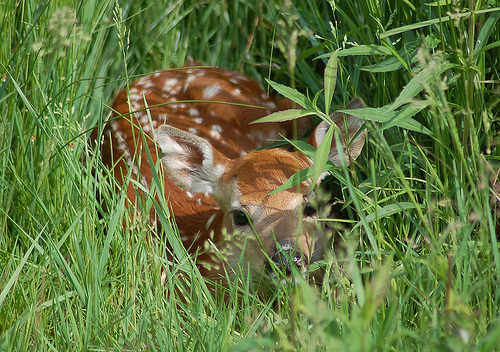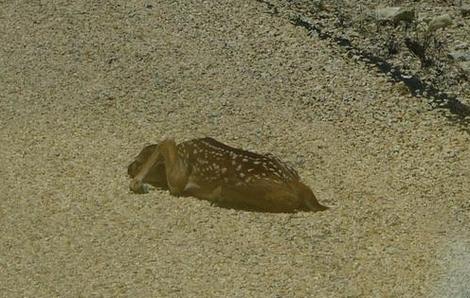Television seems to glamorize keeping wild animals as pets, but the reality is really is far less pleasant — especially for the wildlife involved. Would-be rescuers are usually not aware of what it takes to properly care for wildlife and this means nothing but bad news. Most hunters are familiar with the following concept: Bringing a wild animal home is effectively kidnapping it from the environment to which it is best adapted.
We talked about the abandoned fawn I saw on the road last week, and if an unknowing person had picked up that deer fawn, they would have been condemning it to an unnatural and probably short life. Of course, that same deer fawn could have died on the road had it ran out in front of me or some other vehicle, but the best assumption was that she was going to make it. Sure, white-tailed deer can be “tamed” to an extent, but they are born to survive in the wild.
And a critical part of their life is making it through the first few months as a fawn, particularly their first few weeks. It comes as no surprise that deer do quite well in close proximity to people and suburban areas, so that means they really do not need our help. If we want to help deer in our area, let’s convince hunters to cut back on the harvest of young bucks! Fawns aren’t just dropped in rural areas. People often find deer fawns in tall grass, areas of shrubs and brush, and in wooded areas within towns and cities. They are almost too well adapted to suburban areas.
This, however, was not the case last Friday when I stumbled (not literally) across this young doe fawn. She was tucked away in a safe haven of mid-sized grass, within a semi-barbed-wire cage, and miles from the nearest town. She was sleepy, so I snapped a couple photos and was on my way. As easy as it looks, this is the safest thing she can do right now!







